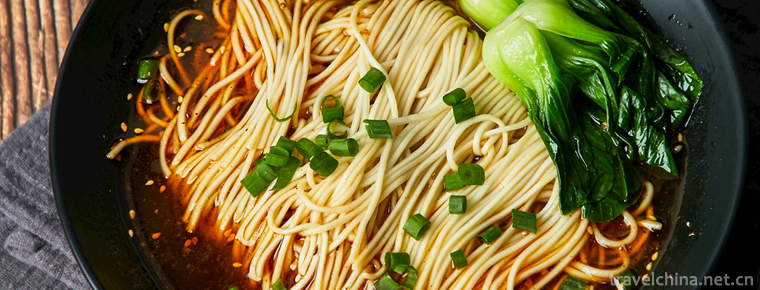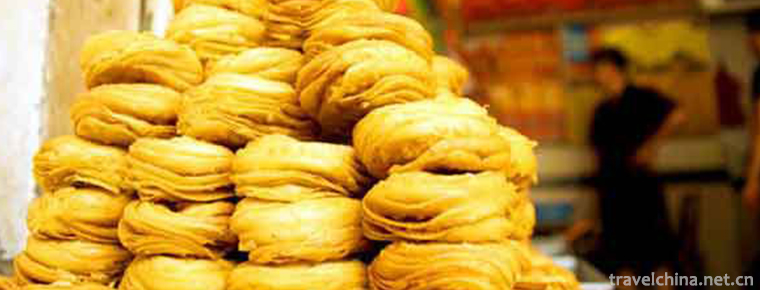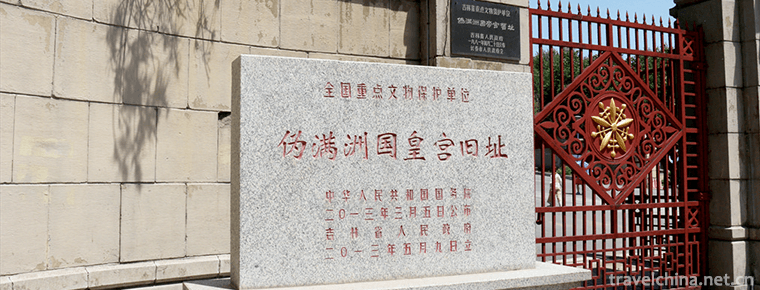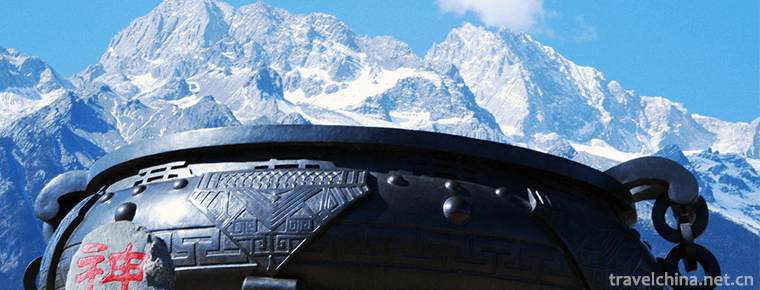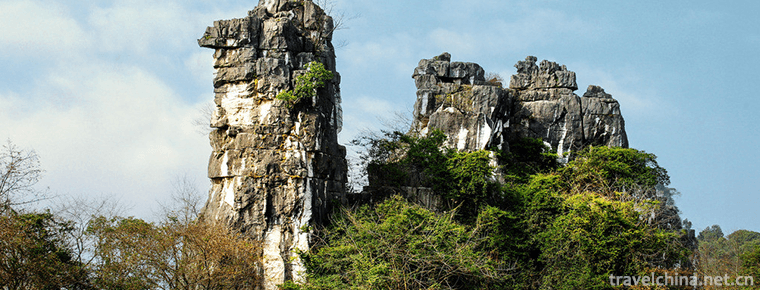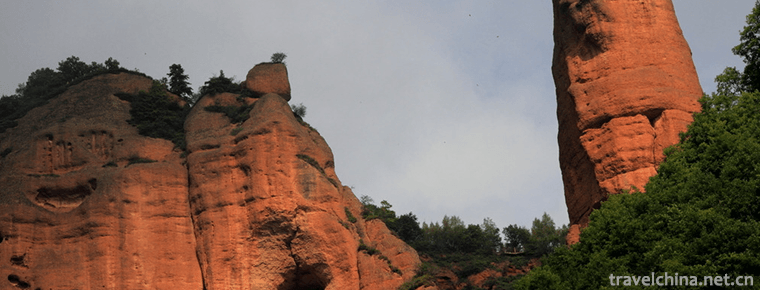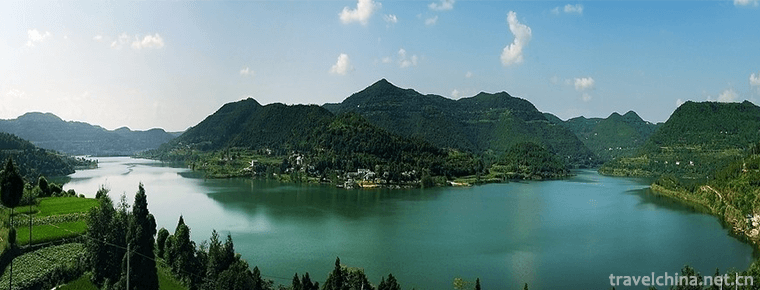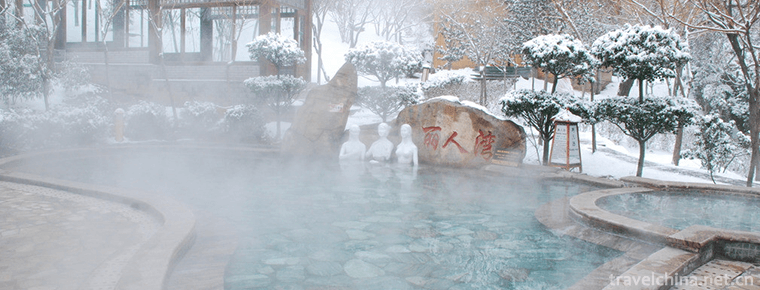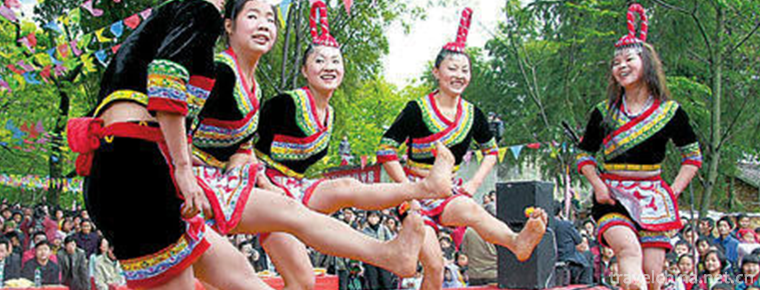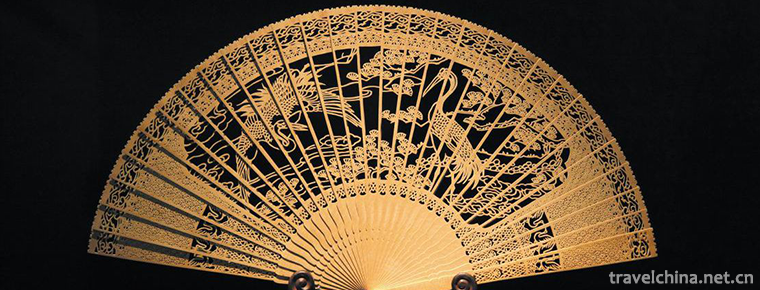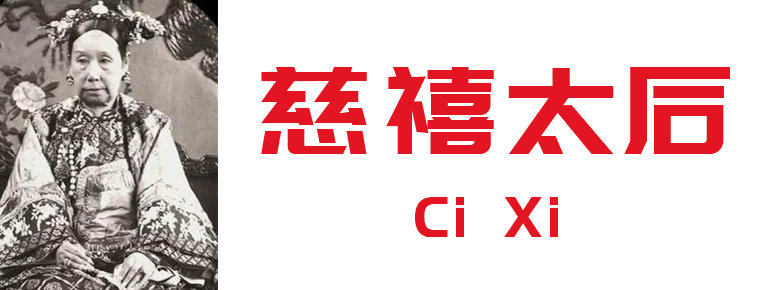Salt drying Techniques
Salt drying Techniques
Salt-drying process is a special kind of handicraft technology. Its existing form is different from the general intangible culture. Its products are closely related to people's daily life and industrial production. It uses sea water as its basic material, and uses beach and saline mud (or artificial doped lime soil), combined with solar and wind evaporation, through manual work such as sprinkling, sprinkling, etc., to make brine, and then through natural crystallization such as frying or sunshine, wind energy, etc., to form original salt. There are more than 10 steps in the whole process, which are operated by hand, but contain abundant scientific and technological genes. It is a intangible cultural heritage of historical and cultural value.
In 2009, the Millennium Ancient Salt Field was listed as a cultural relic protection unit in Tibet Autonomous Region, and its well salt drying skills were listed in the second batch of national intangible cultural heritage list.
There are disputes over the declaration of this skill in many places.
Salt-drying process is a special kind of handicraft technology. Its existing form is different from the general intangible culture. Its products are closely related to people's daily life and industrial production. It uses sea water as its basic material, and uses beach and saline mud (or artificial doped lime soil), combined with solar and wind evaporation, through manual work such as sprinkling, sprinkling, etc., to make brine, and then through natural crystallization such as frying or sunshine, wind energy, etc., to form original salt. There are more than 10 steps in the whole process, which are operated by hand, but contain abundant scientific and technological genes. It is a intangible cultural heritage of historical and cultural value.


Salt drying Techniques
-
Chongqing small noodles
Chongqing small noodles is one of the four characteristics of Chongqing
Views: 325 Time 2018-10-12 -
Anhui rescue
Anhui rescue Great rescue is a traditional feature of Shouxian County in Anhui Province, which has a history of more than 1000 years.
Views: 231 Time 2018-11-27 -
The Museum of the Imperial Palace of Manchukuo
The Museum of the Imperial Palace of “Manchukuo†is located in Guangfubei Road, Kuancheng District, Changchun City. It is a Palace Ruins Museum built on the site of the Puppet Manchu Palac
Views: 250 Time 2018-12-05 -
Heilongjiang Science and Technology Museum
Heilongjiang Science and Technology Museum is located in Sun Island Science and Technology Park of Harbin City, which is a ship-shaped building sailing
Views: 308 Time 2018-12-08 -
Dongjiang Lake Tourist Area Coconut City
Dongjiang Lake Scenic Tourist Area is located in Zixing City, Hunan Province. It is a national scenic spot, a national 5A scenic spot and a national wetland park.
Views: 208 Time 2018-12-12 -
Seven Stars Scenic Spot
Seven Stars Scenic Spot/Qixing Scenic Spot is located on the East Bank of Lijiang River in Guilin City, along Xiaodong River, a tributary of Lijiang River, 1.5 kilometers away from the city center.
Views: 128 Time 2018-12-17 -
Yeliguan Scenic Area
Yeliguan Scenic Area is located in Lintan County, with Yeliguan of Lintan County as the center. It is divided into four scenic areas: Lianhuashan, Xixia, Dongxia and Yehai Lake.
Views: 181 Time 2018-12-26 -
Shengzhong Lake Scenic Area
Shengzhong Lake Scenic Spot: The largest artificial lake in southwest China, Shengzhong Lake, is located in Shengzhong Lake Scenic Spot of National AAAA Tourist Area in Southern County of Sichuan Prov
Views: 242 Time 2018-12-26 -
White Deer hot spring bailu hot spring
Bailu Hot Spring is a hot spring resort center built according to the national AAAA scenic standard. Located in Wentang Town, Pingshan County, Shijiazhuang City, Hebei Province, Bailu Hot Spring is a
Views: 153 Time 2019-01-02 -
March 3 She Nationality
March 3rd is the traditional festival of She nationality. Every year in this festival, a grand song is held, and ancestors worship Valley God, singing and dancing. It is very lively. In addition, we h
Views: 207 Time 2019-06-14 -
Fan making Techniques
Suzhou Fan is a special product of Suzhou. It is famous for its elegance, delicacy and artistic characteristics. Including folding fan, sandalwood fan and silk Palace fan, collectively known as "
Views: 170 Time 2019-07-25 -
Empress Dowager Ci Xi
Ci Xi (November 29, 1835 - November 15, 1908) is the queen of Xiao Qin chin. Yehiel Bernard La Shi, Xianfeng Emperor Concubines, Tongzhi Emperor The birth mother. Important in late Qing Dynasty Politi
Views: 283 Time 2019-09-07
